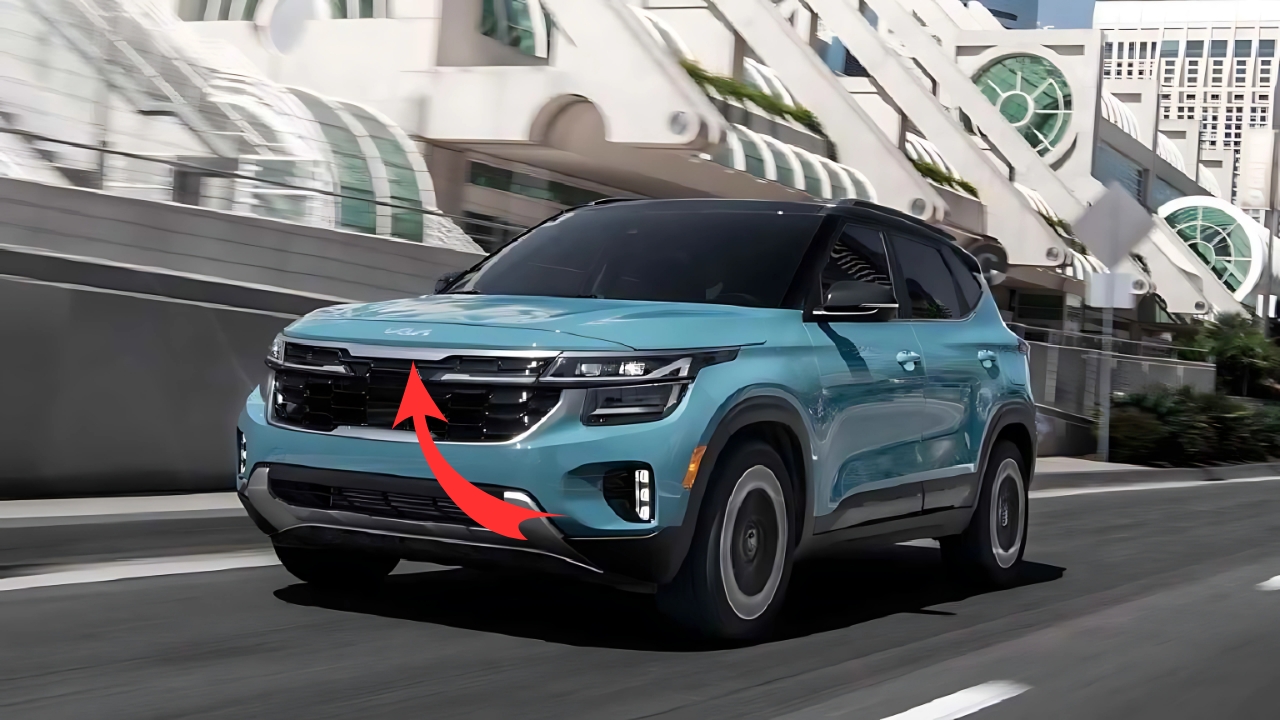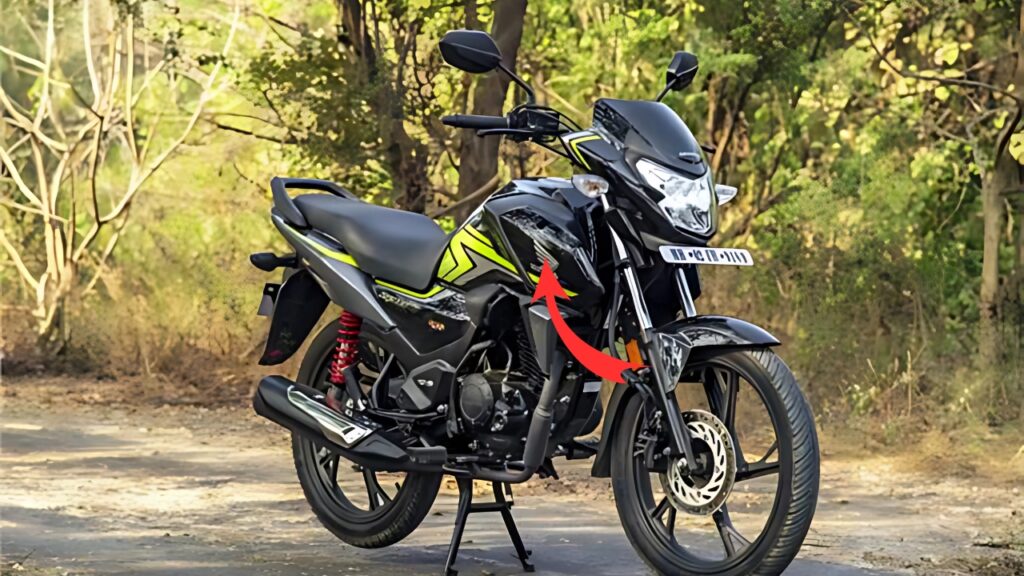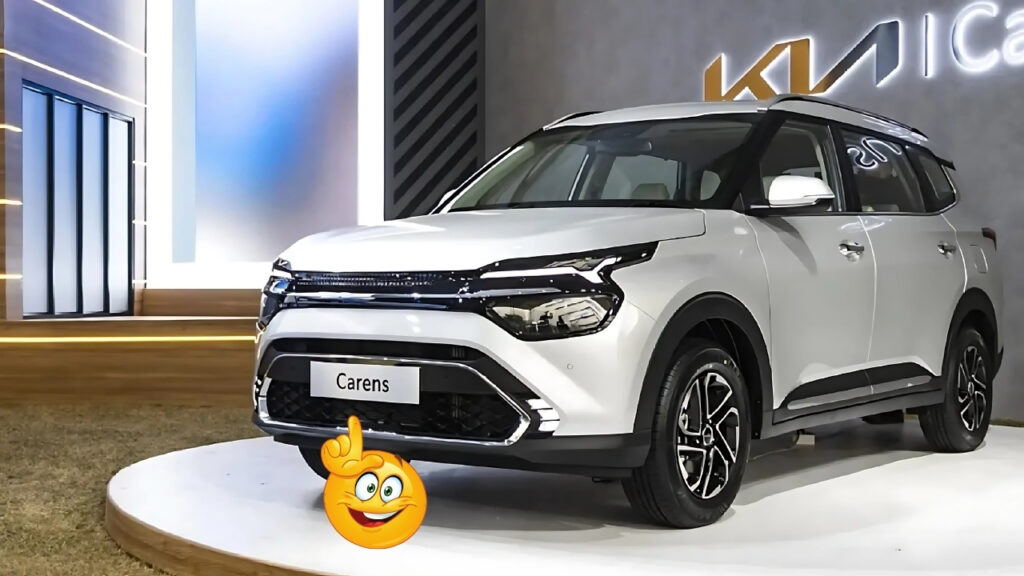Kia Seltos 2025: The 2025 Seltos retains its familiar shape but adopts Kia’s latest design language. The front fascia is also updated with a wider version of the brand’s “tiger nose” grille, this time more smoothly integrated into the headlamp assembly via a pair of LED daytime running lights that establish a continuous light signature across the front of the car.
Visually, this makes the vehicle look less tall and more planted without increasing the actual width.
Changes to the profile are subtle, with a redesigned set of alloy wheels (from 16 to 18 inches based on trim) and slightly more aggressive body lines that refract light a little differently than the old-gen.
That floating roof effect created by blacked-out C-pillars is still a clear Seltos trait that hasn’t been lost in translation, it’s just been improved.
The most obvious revisions occur on the rear-end with interconnected LED tail lamps brushing across the tailgate, mirroring the front-light signature for the sake of design consistency.
This is beginning to look like a Kia family trait, as it works its way through all of the models as well, but the execution is specific to each in the family of vehicles.
These have expanded into several two-tone paint schemes that pair contrasting roof colors with the body, making it easier to personalized vehicles without the use of aftermarket modifications, which has grown increasingly important to younger buyers viewing their vehicles as an extension of their individual identities and not just as their means of transportation.
Table of Contents
Kia Seltos 2025: Interior- Digital Transformation

Walking through the front door shows where the bulk of the changes have taken place. The dashboard has been entirely revised, built around a sweeping digital display which merges the driver’s instrument cluster and central infotainment screen into what seems like a single, wrap-around unit, though they’re separate screens in operation.
This 10.25-inch dual display setup, formerly only available for premium models, also appears in mid-range Seltos trims, demonstrating how quickly digital cockpit technology has trickled down across the market segments.
Material quality is also evident, especially on touch points such as the steering wheel, door panels, and center console.
The ambient lighting with RGB influences and the ability to customize for a premium effect is a first for this segment and still holds the storage used in the earlier Seltos while keeping the ergonomic layout of the original generation which saw the inside of the Seltos prove to be one of its most functional features.
The redesigned center console also includes wireless phone charging that has cooling ability to prevent overheating while using navigation and streaming services for extended periods of time.
Replacing outdated USB-A connections, it recognizes the industry trend toward newer connection types, including USB-C ports.
Rear-seat accoutrements also benefit, gaining rear air vents with independent controls, reclining seatbacks and extra USB chargers.
These improvements alleviate criticism of the previous-generation model, behind other rivals for comfort in the second row.
Powertrain: Performance with Efficiency
The 2025 Seltos also retains multiple powertrain configurations, albeit with significant refinements. And the base 2.0-liter naturally aspirated four-cylinder engine gets minor calibration tweaks, generating 149 horsepower while returning even better fuel economy ratings of around 29 mpg city and 35 mpg highway in front-drive guise.
Bigger changes are in store for the turbocharged 1.6-liter option, which adds electrification in the form of a 48-volt mild hybrid setup.
This configuration enhances not only efficiency but also smoothens power delivery as well as fills in torque gaps at lower RPMs.
Combined output is 195 horsepower and 195 lb-ft of torque—modest boosts that nevertheless improve drivability on the street more than simply make for a more impressive headline spec.
Gone are the multitude of transmission options, as for the base engine (the naturally-aspirated inline-four), the CVT continues, while the turbocharged mill now only employs an 8-speed automatic (the previous generation car owner a 7-speed dual-clutch for that engine).
The shift in priorities favors refinement at the expense of the one or two sportier attributes the dual-clutch unit offered — most customers who buy a Seltos will care less about how aggressively it shifts than how smoothly it operates.
All-wheel drive is still optional on most trim levels, with a system that can shift up to 50 percent of torque to the rear wheels when conditions call for it.
Drive modes are now expanded, with snow and mud-specific calibrations, but capability doesn’t come at the expense of car-like road manners for the Seltos.
Surveillance: Being Watched and Watched Over
All trim levels get Kia’s latest UVO infotainment system, which now includes standard wireless Apple CarPlay and Android Auto.
Next-gen, cloud-based navigation with real-time traffic updates and over-the-air (OTA), automatically downloaded maps and software, keep the system up to date for the life of the car without trips to the dealership.
The advanced driver assistance systems (ADAS) suite has also been significantly expanded, adding a Highway Driving Assist which combines adaptive cruise control with lane centering for semi-automated highway driving.
Junction turning assist can identify oncoming vehicles while making left turns at intersections, while rear cross-traffic collision avoidance can apply the brakes autonomously if obstacles are detected when reversing.
Perhaps even more muffed, though, is the arrival of remote smart parking assist on upper trims of the Seltos — a feature that previously migrated only in more costly rides that enables drivers to pull the vehicle forward or backward from a distance, as if controlling it from outside of the car with the key fob, useful in tight parking situations.
Analysis on Market Positioning and Competition
The 2025 Seltos represents an increasingly vital position for Kia, straddling the gap between the smaller Soul and larger Sportage in both size and price.
Given that compact crossovers now account for almost a third of all passenger vehicle sales in much of the world, the Seltos comes with some seriously stiff competition in the form of established players such as the Honda HR-V, Toyota Corolla Cross and Mazda CX-30.
Which is precisely the approach with this update that appears to have been carefully calibrated — upping technology and refinement but not sacrificing the value proposition that allowed the original Seltos to get a foothold.
Base pricing remains aggressive, but fully-loaded variants are encroaching on midsize territory, which reflects both more gear and the broader trend of creeping price points in all vehicle segments of the market.
Kia Seltos 2025
The 2025 Seltos is an intermediate step in this transition, featuring a mild hybrid option, as the automotive industry pushes toward an electrified future.
A fully electric Seltos equivalent will also be housed in Kia’s lineup in the coming years and while exact architecture details are yet to be announced, it will share design and positioning with its Hyundai-Kia counterparts.
For now, the 2025 Seltos represents a thoughtfully updated package that corrects weaknesses while building on strengths established by the model.
In a segment where differentiation can prove increasingly challenging, Kia continues to establish an esoteric identity through exterior styling signatures, technology meshing and a focus on real-world utility over specification card battleship, a recipe that has helped the brand comfortably spread its wings globally.





